
Drones spraying rain-making chemicals in Xinjiang, China created more than 70,000 cubic meters of rainwater (Illustration: Getty).
China recently announced the results of an important experiment in the field of weather modification, showing the ability to create heavy rainfall with only a small amount of chemicals dispersed by drones.
The experiment was conducted in the Bayanbulak area, an arid steppe in the Xinjiang Uygur Autonomous Region that regularly faces severe water shortages.
According to a research team from the China Meteorological Administration (CMA), under the leadership of chief engineer Li Bin, a team of specialized drones dispersed 1 kg of silver iodide (AgI) - a compound with a density 6 times that of water - into the clouds at an altitude of 5,500 meters.
In one day, the experiment produced more than 70,000 cubic meters of rainwater, enough to fill 30 Olympic-sized swimming pools 2 meters deep. What's amazing is that the amount of silver iodide used was enough to fill just one cup of water.
To conduct the experiment, two medium-sized drones flew four consecutive flights, spraying rain-making chemicals over an area of more than 8,000 square kilometers. This is the first time China has used a drone system equipped with integrated radar to detect cloud structures in real time, thereby choosing the right time to spray chemicals and optimizing rain-making efficiency.
Details of the drone used, it is up to 10.5 meters long and has a wingspan of more than 20 meters, can fly continuously for 40 hours and operate at an altitude of up to 10,000 meters. The parameters show that it far exceeds the standards of traditional rainmaking devices.
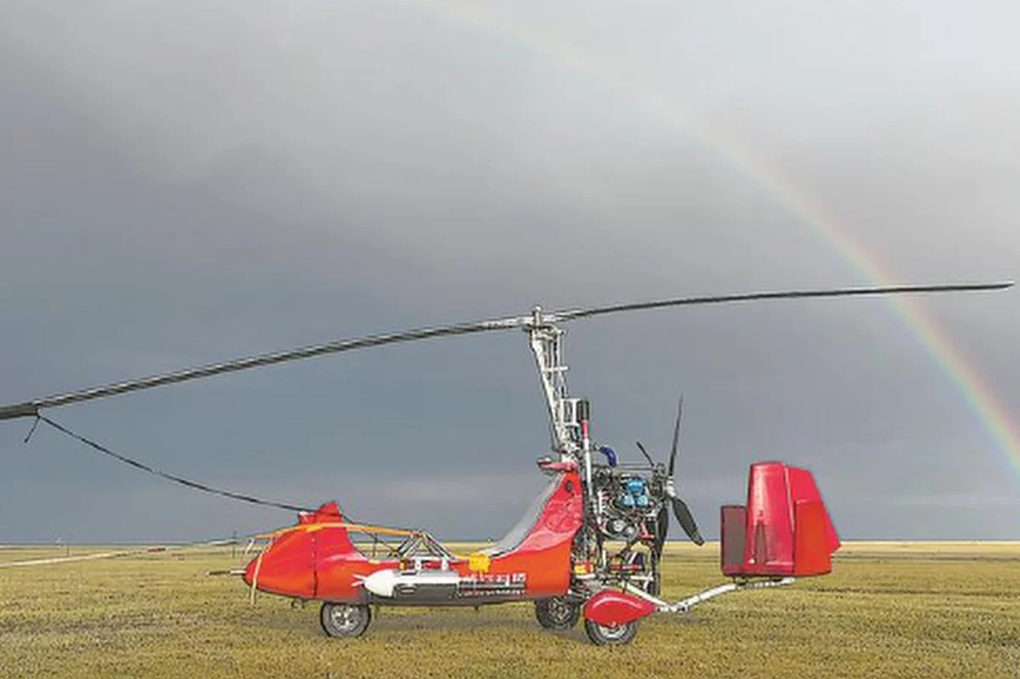
Image of a 10.5 meter long, 20 meter wingspan drone model used in the experiment (Photo: SCMP).
The success of this experiment is an important step forward in the strategy to cope with climate change and water resource scarcity in China's arid regions.
However, experts also warn that widespread deployment of this technology must be accompanied by a rigorous environmental impact assessment. Silver iodide, while effective in creating rain, has the potential to accumulate in the natural environment and pose risks to human health and ecosystems if used on a large scale and regularly.
Another issue of particular interest to international academics is the potential for the technology to influence cross-border rainfall patterns. As China aims to expand its weather-modification system to 5.5 million square kilometers by 2025, many of its neighbors are concerned about the risk of “cloud theft,” altering natural rainfall patterns in downstream countries.
The World Meteorological Organization (WMO) has also stressed that any large-scale artificial rainmaking program needs close monitoring and international cooperation to ensure transparency and cross-border accountability.
As global climate change increases in intensity and scope, China's weather regulation technology offers a potential avenue for countries facing severe droughts.
However, the effectiveness, sustainability and long-term impact of this technology remain major questions that need to be further studied in the future.
Source: https://dantri.com.vn/khoa-hoc/dot-pha-mua-nhan-tao-mot-coc-hoa-chat-tao-mua-bang-30-be-boi-olympic-20250507064849945.htm



![[Photo] Bustling Mid-Autumn Festival at the Museum of Ethnology](https://vphoto.vietnam.vn/thumb/1200x675/vietnam/resource/IMAGE/2025/10/4/da8d5927734d4ca58e3eced14bc435a3)
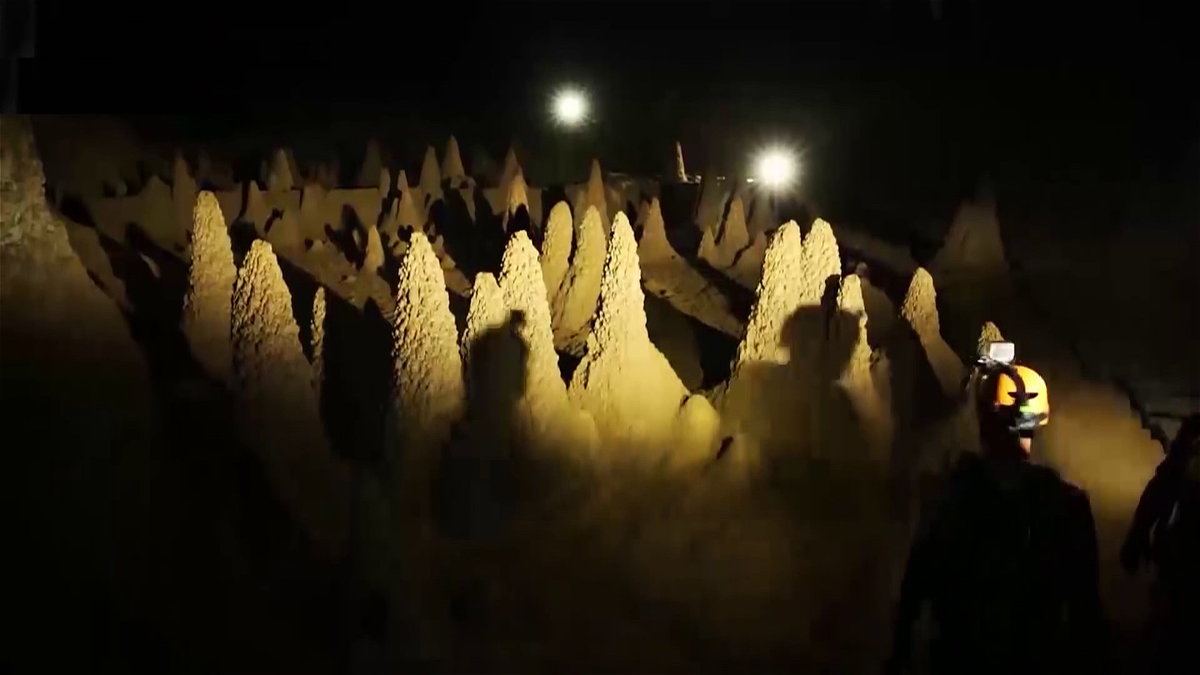
![[Photo] Solemn opening of the 8th Congress of the Central Public Security Party Committee, term 2025-2030](https://vphoto.vietnam.vn/thumb/1200x675/vietnam/resource/IMAGE/2025/10/4/f3b00fb779f44979809441a4dac5c7df)





















![[Photo] General Secretary To Lam attends the 8th Congress of the Central Public Security Party Committee](https://vphoto.vietnam.vn/thumb/1200x675/vietnam/resource/IMAGE/2025/10/4/79fadf490f674dc483794f2d955f6045)
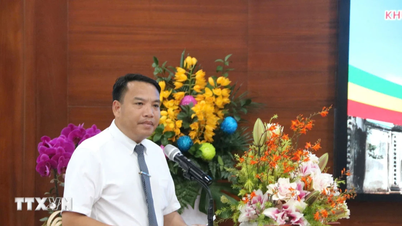






















![[VIDEO] Summary of Petrovietnam's 50th Anniversary Ceremony](https://vphoto.vietnam.vn/thumb/402x226/vietnam/resource/IMAGE/2025/10/4/abe133bdb8114793a16d4fe3e5bd0f12)
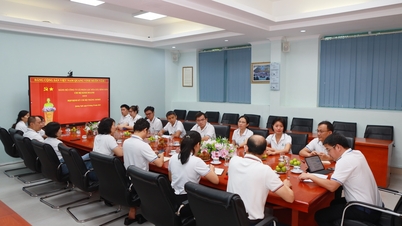
![[VIDEO] GENERAL SECRETARY TO LAM AWARDS PETROVIETNAM 8 GOLDEN WORDS: "PIONEER - EXCELLENT - SUSTAINABLE - GLOBAL"](https://vphoto.vietnam.vn/thumb/402x226/vietnam/resource/IMAGE/2025/7/23/c2fdb48863e846cfa9fb8e6ea9cf44e7)
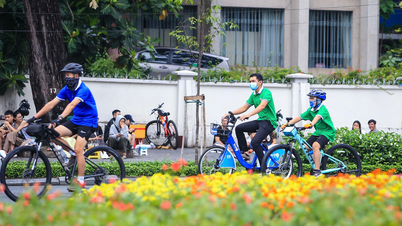




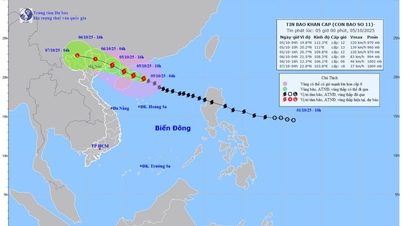







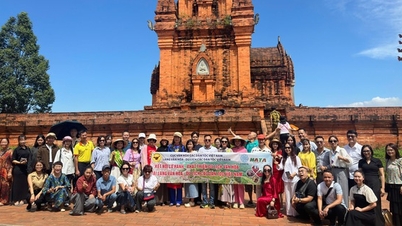







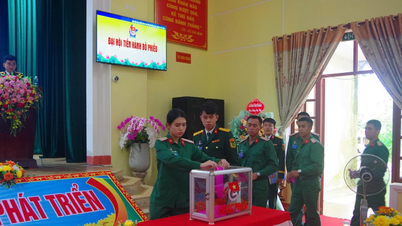



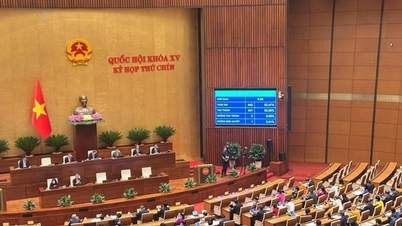











Comment (0)